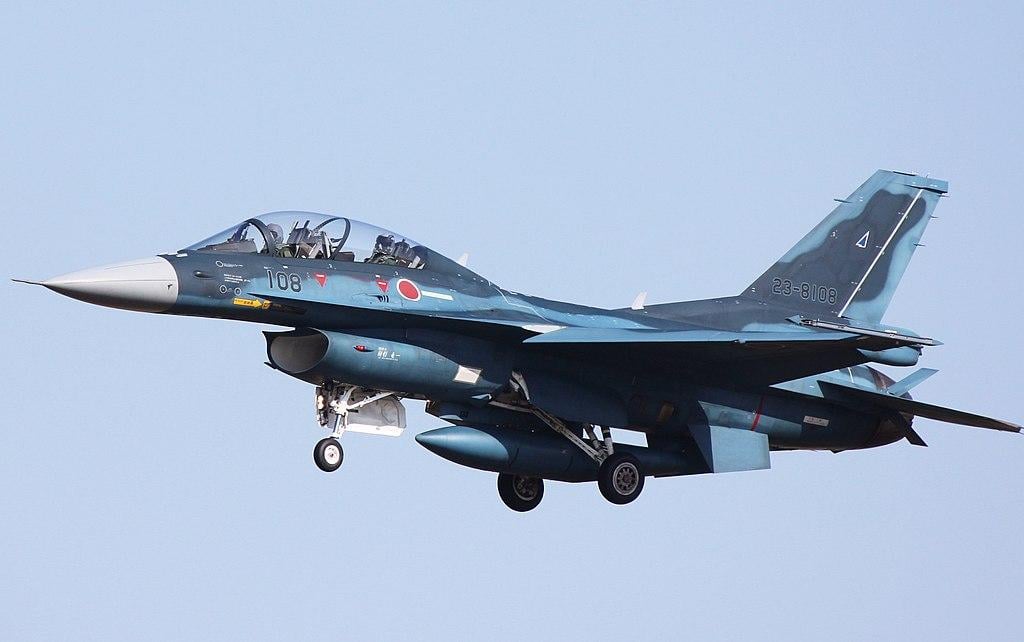
Japan’s Next Generation Fighter (NGF) acquisition program is the focus of a new informal channel set up by a Washington think tank for Japanese, U.S., British and Australian officials to discuss requirements and expectations.
The Center for Strategic and International Studies (CSIS) held the first meeting in January with 25-30 people. It included government officials, business executives, and think tanks from all four countries, said Patrick Buchan, director of the center’s U.S. Alliances Project.
Organized as a “Track 1.5” level working group in the language of diplomacy, it represents a middle ground between formal, government-to-government talks and back-channel diplomacy, Buchan said. It is a format that allows government officials to discuss issues privately, with Chatham House rules imposed to avoid public attribution, Buchan says.
The chair of the working group is CSIS Vice President for Asia Michael Green. He organized it to help avoid the miscommunications and disappointments of the FS-X program, which led in the late-1980s and early 1990s to Japan’s underperforming F-2 fleet, Buchan says.
The FS-X collaboration was designed amidst escalating trade tensions in the late 1980s between Japan and the U.S., two otherwise strong Pacific allies. Likewise, the Trump administration’s demand for a 400% increase in Japanese payments to the U.S. to subsidize the costs of the U.S. military presence has also created friction within the alliance.
The difference between the two eras is that China’s military modernization efforts over the past three decades has raised the stakes for the outcome of the NGF development process, Buchan says. Neither side can afford a result that leads to a combat system that falls short of Japan’s expectations for capability.
Understanding the difficulty of directly engaging Japanese government officials, CSIS conceived of the working group to offer Tokyo an informal channel for discussing the desired capabilities and industrial collaboration for the NGF, Buchan says. In the first meeting, Green posed 12 multiple-choice questions to the group. Each member secretly answered by clicking a button on an individual controller.
CSIS plans to release the full list of questions and answers from the first working group later this spring, along with an analysis. One example provided by Buchan was a question about technical compatibility for the NGF. Other than the U.S., the group was asked which country in the Indo-Pacific region should the NGF be compatible with. The possible answers included Australia, India and South Korea. Eighty-three percent of the respondents said the NGF should be compatible with Australia’s air force, Buchan says.






Comments